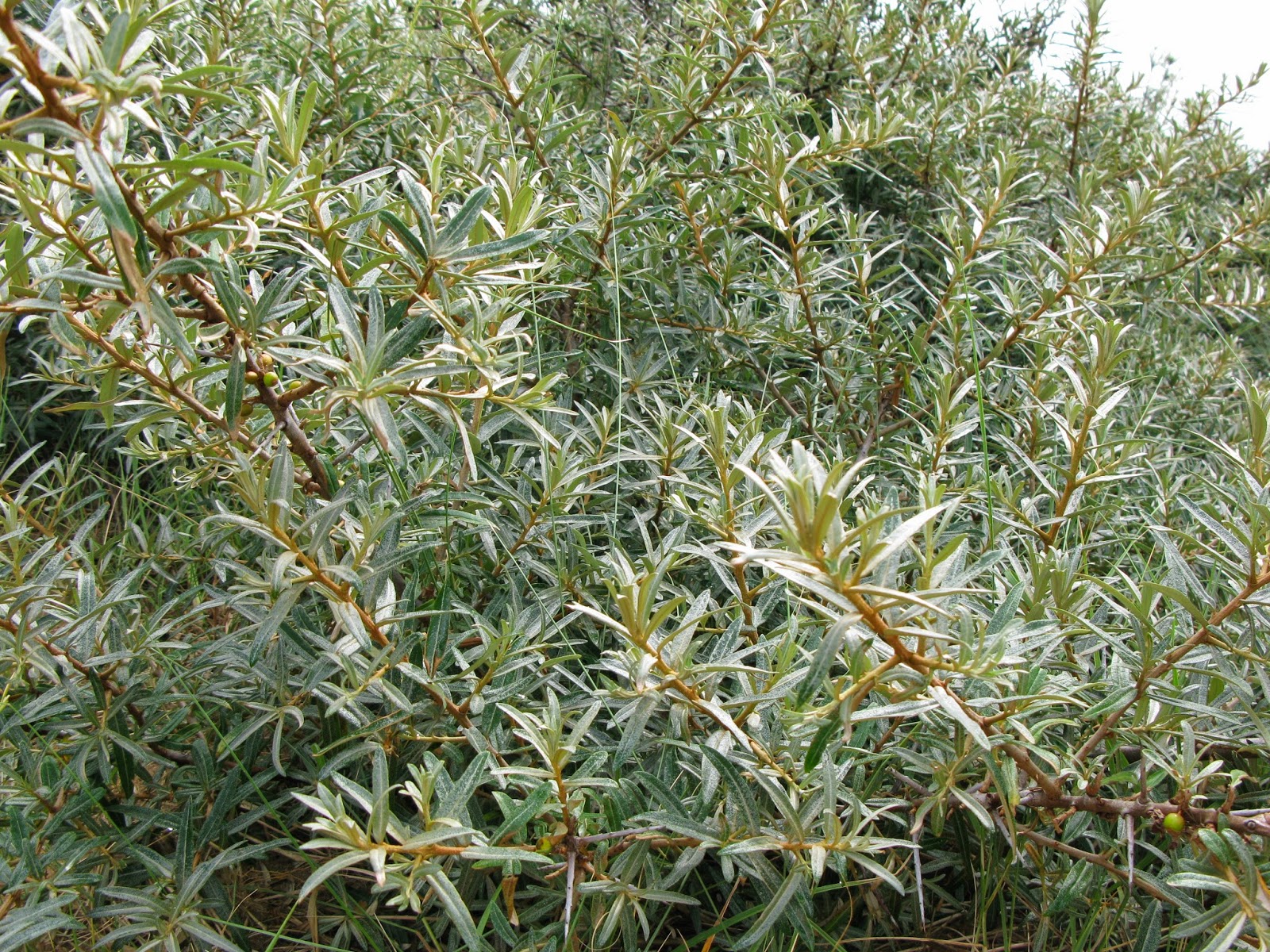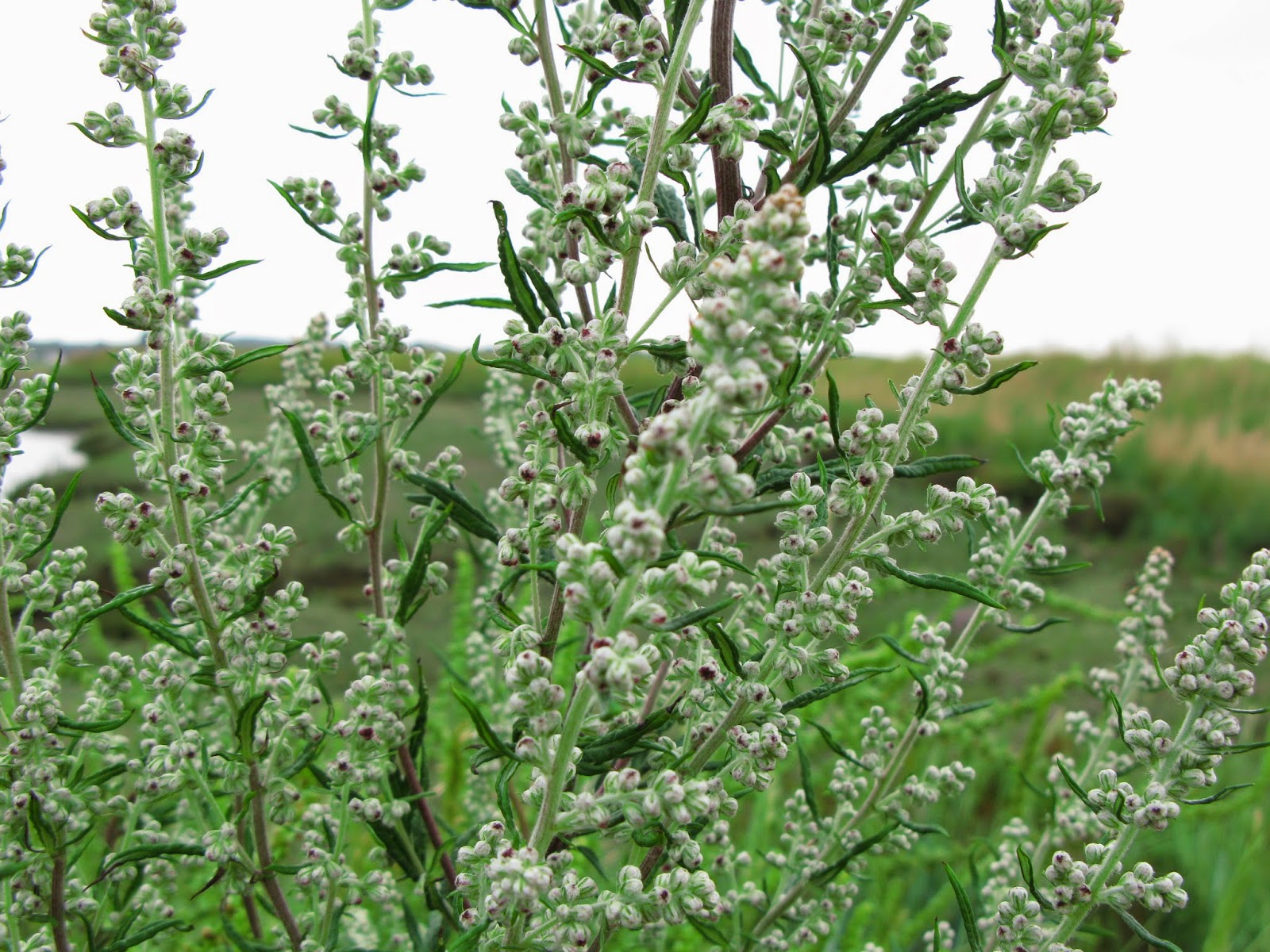On this stretch we followed the coastal path from Hustanton to Thornham. As I got to each one mile check point I took both photographs of the most dominant flora and the wider location in which they sat.
What really stood out at hunstanton was the bright red rock which frames the greens of the plants growing at the bottom of the cliff face.
Because of the sparsity of the plants there was a sense of architectural structure to what was there, suggesting the inherent resilience that is required to survive in such a saline environment.
The cliffs continuous erosion provided a botanical blend of sorts between the cliff top and base.
Once I got to the second collection point, The massive roll colour played in the feel and impression a landscape has on a person became even more noticeable.
There are some really structurally gorgeous plants that seem like a gold mine in design terms.
The larger plants also seem to blend into the landscape and respond to the soil type. Marram grass is an example of this in the way that the leaves are stripes of sandy yellow and green.
The relationships between the plants was also interesting. The way that marram grass stabilises the slipping strata of the sand dunes for other plants as well as them selves is fascinating.
The salt marshes were an interesting stop because the scale of the plants was dramatically reduced. In place of the large hardy plants of the dunes, I found small fleshy plants which had a dulled dusky quality. Presumably this is because of the saline environment in which they have to survive; the thick waxy cuticle providing some means to withhold water.
The pine woods provided an insight into the later life of a reclaimed sand dune. The soil is still sandy erring to muddy yet the plants are still sparse and strangely spindly despite their size.
The dropped spines of the pine trees coulered the soil in a angry red and coppery tone, making the contrasting green of many of the plants stand out starkly in a less than visually gentle way.
On the final check point the soil had turned quite red ish, once again making the green of the plants very vivid. But also because of the orange tinge of the soil, any plants with even the slightest bit of blue int their colouring looked extremely blue.





























































No comments:
Post a Comment